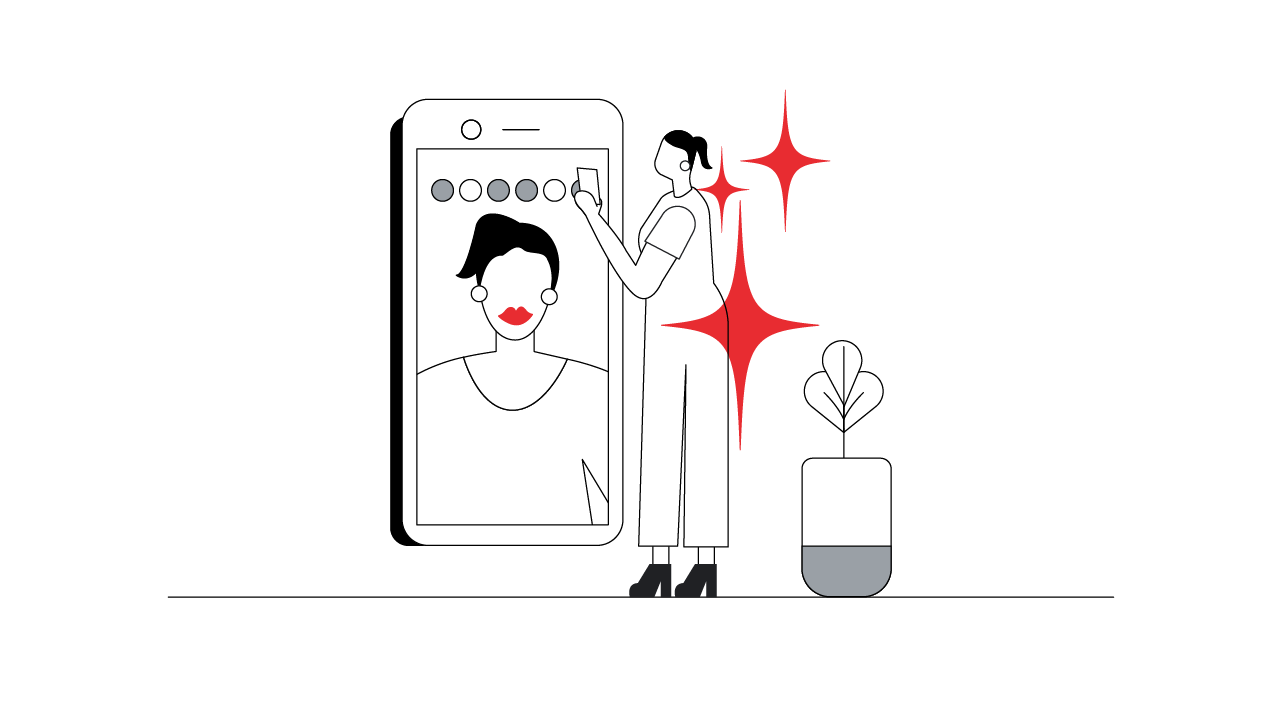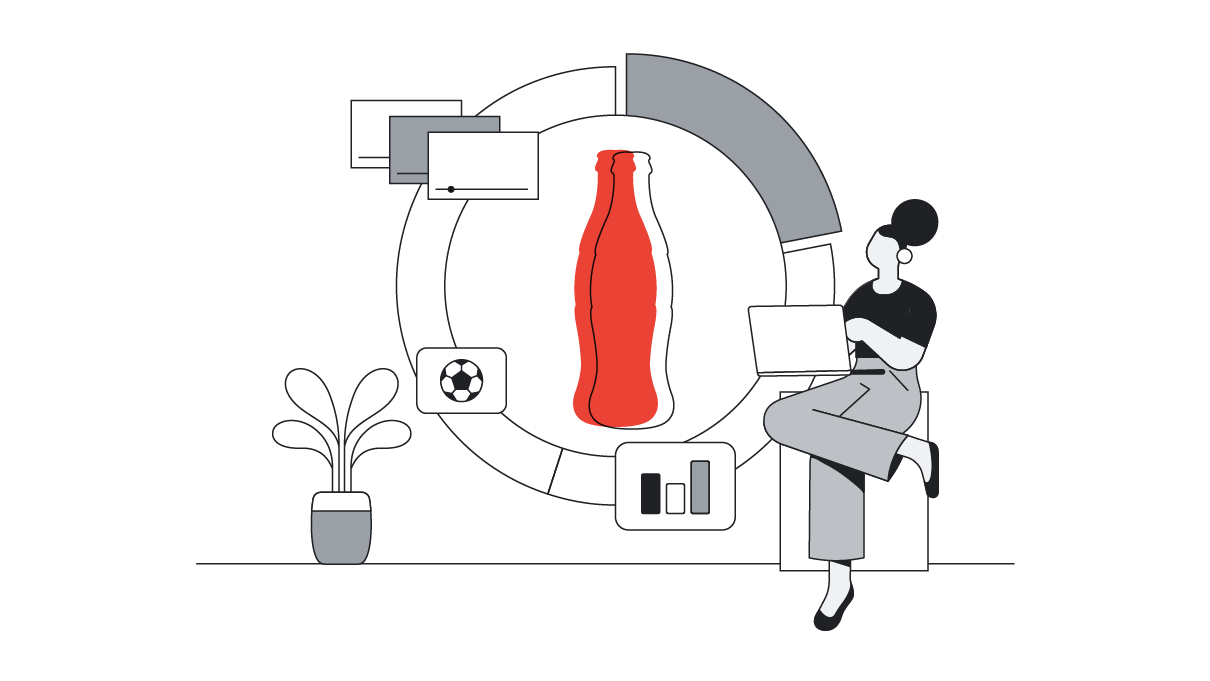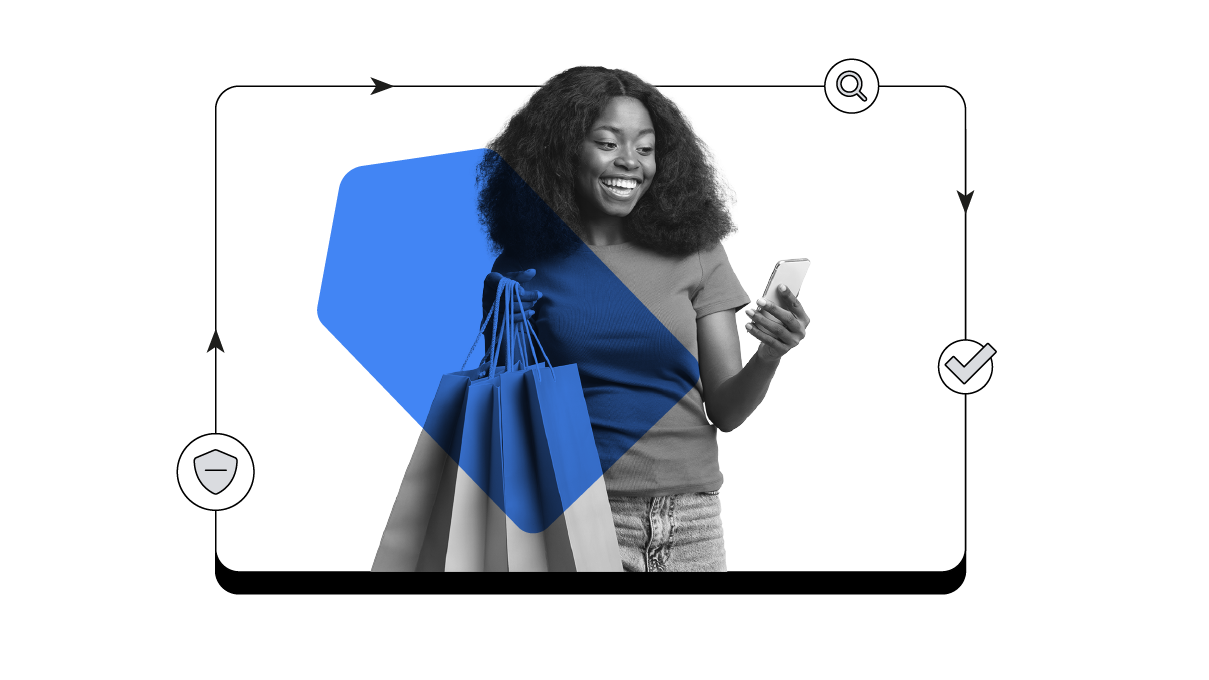Beauty and personal care is big business in the Middle East and North Africa.
The region’s beauty and personal care products market is forecast to grow from USD $23.40 billion this year to USD $28.30 billion by 2028. Meanwhile, 39% of Saudi consumers say they plan to increase their spending on health and wellness.1
And when it comes to beauty and personal care, people aren’t just spending, they’re watching too. Last year around six million people in the United Arab Emirates (UAE) and 20 million in Saudi Arabia2 watched videos with these themes on YouTube.
Here are 5 emerging consumer trends to help your beauty brand stand out among the competition and take advantage of a burgeoning industry:
1. Beauty is more than skin deep
Between 2019 and 2022 we’ve seen YouTube searches around health, fitness, and wellness grow by 32% in the UAE and 34% in Saudi Arabia.
Interestingly, wellness and beauty creators are increasingly experimenting with different video formats. From longer-form, chit-chat make-up videos to YouTube Shorts featuring ASMR — a relaxing, physical sensation that people experience when they receive gentle stimuli like whispering voices, paper tearing, or scalp massage.
Many of these videos feature self-care beauty rituals, like this Short by Gadrianna Dsouza below.
More people than ever are looking to enjoy self-care in their own space, with consumers eager to try out the latest skincare devices and technology at home.
We saw search interest for “skincare wand” grow by 165% for example, with LED masks, face lift devices, and facial toning devices also ranking high.3
2. Consumers are embracing minimalism and nature
Beauty fans are waving goodbye to over-the-top make-up to embrace a more minimal, barely-there look. And minimalism is creeping into ingredients too.
For example, search interest for the term “skin-scent” — meaning clean, more minimal smelling scents — saw 51% year-on-year growth.4
Taking a more nature-based approach to beauty is also popular.
YouTube search interest for “clean makeup” in Saudi Arabia increased by 13X5, with topics like “skin cycling” — a skin regimen that alternates between using active ingredients and letting the skin rest — also trending on YouTube.6
3. Clean beauty is on the rise, as well as new trends
Clean beauty — products made without ingredients shown or suspected to harm human health — is on the rise in MENA. In fact the clean beauty industry is said to be worth USD $2.6 billion by 2025.
It makes sense then that regional consumers are spending more time looking into beauty product ingredients. A recent Google survey asked UAE consumers what the deciding factor was for their last luxury beauty product purchase, and 34% said it was quality.7
With that in mind, beauty consumers are curious about both ‘established’ and newly trending ingredients. They search for what they are, what they do, how to use them, and product reviews.

4. Consumers draw inspiration from pop culture
As consumers embrace beauty as a tool for self-expression, they draw inspiration from pop culture. We particularly see Korean beauty trends making an impact in MENA. Gen Zers — born between 1997 and 2012 — are twice as likely to watch content around K-beauty — the name for the Korean influence upon our skincare routines — on YouTube vs other age groups8.
People also draw inspiration from movie heroes, characters, and cultural references. For example, creator Sela’s World shows people how to achieve the make-up look for the fictional character from the Addams Family, Wednesday Addams, in this YouTube Shorts make-up tutorial:
5. Beauty is becoming more inclusive
In the world of beauty, the notion of gender is becoming more fluid and inclusive. This is evident in searches, with search interest for the term “unisex perfume” increasing by 53%.9
The modern Middle Eastern man, especially, is gracefully embracing a sense of comfort when it comes to sharing and indulging in beauty and personal care experiences that transcend conventional grooming boundaries. This is evidenced by an emergence of beauty videos produced and published by Arab male creators on YouTube. Like this morning skincare routine ASMR YouTube Short by ItsDrRyan.
Men’s practical interest in grooming is climbing too. Grooming-related search queries in the UAE and Saudi Arabia hit around 50M in 2022, marking a 29% rise between 2019 and 2022.10
3 tips to help beauty marketers stand out in the market
Embrace creators’ loyal followings
YouTube creators who make wellness and beauty videos and have a loyal following can help your business promote its products to a highly engaged audience. This ensures your brand stays relevant to key audiences, addressing people’s content needs without the need to produce videos yourself. Creators also give your brand the opportunity to more easily expand into adjacent categories that promote wellness. For example, home and body fragrances.
Use a variety of video ad formats
When it comes to your video marketing, make sure to feature a mix of ad formats. Bumper ads — six-second or less non-skippable videos — can help you reach more people with a short, memorable message. TrueView video ads feature longer form formats in-stream or in display that help ensure reach. And bite-sized, vertical videos on Shorts engage people on-the-move.
Make your keywords work harder
When you leverage AI-powered Responsive Search Ads combined with keyword insertion, your ads will dynamically adapt to people's searches on Google. This means that if a person is searching for a specific product ingredient, for example, your ads will highlight that ingredient as it appears in their query. This helps you more effectively reach consumers searching for a specific term, ensuring your brand becomes more relevant at the right moment.








